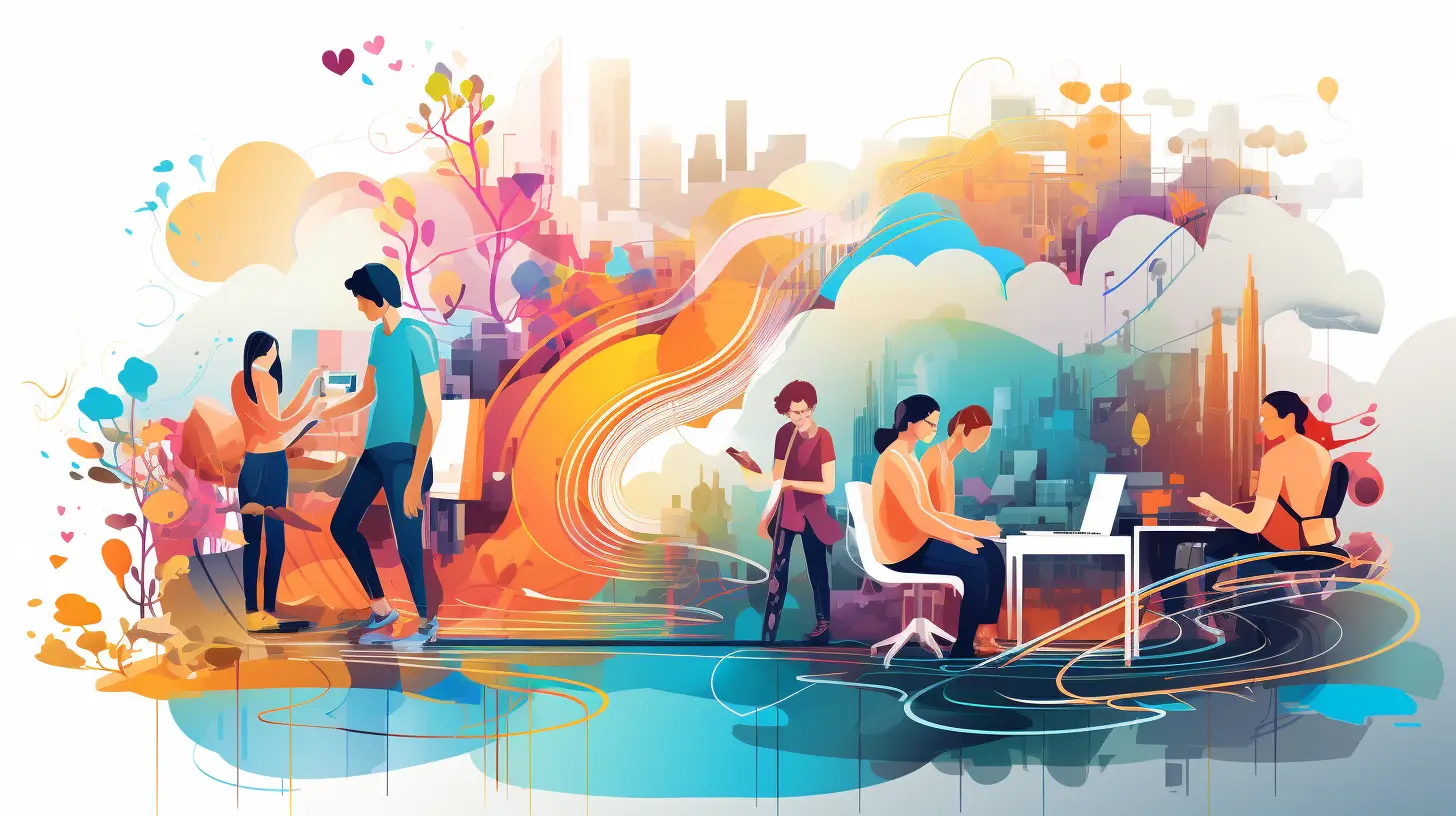Accessibility in Restaurants, Shops, and Public Transport
2023-11-16 | By Justin Lubomirsky

In our ongoing quest for inclusivity and equal opportunities, accessibility for the visually impaired in public spaces has taken on paramount importance. Navigating these spaces presents daily challenges for individuals with vision challenges, from finding accessible entrances to public transportation that accommodates their needs.
This comprehensive article delves into the multifaceted concept of accessibility in restaurants, shops, and public transport. It offers a deep understanding of the challenges faced by individuals with disabilities and provides practical insights for businesses and individuals to enhance accessibility.
Tips for Restaurant Owners
For restaurant owners, there are various steps to enhance accessibility. Training staff on disability etiquette is a fundamental starting point, creating a more welcoming atmosphere for all patrons. Providing menus in braille or large print can make a world of difference for customers with visual impairments. The OrCam Read 3 further enhances the dining experience by offering individuals with vision loss the ability to independently read menus, as it scans the text and reads it out loud, thus ensuring they enjoy the same level of independence as their peers.
Accessibility in Shops
Creating an Accessible Shopping Experience
A shopping trip should be an enjoyable experience for everyone, irrespective of their abilities. Accessible shop layouts are pivotal in achieving this goal. This entails wide aisles, low shelving, and clear signage, making it easier for individuals with mobility limitations or visual impairments to navigate the store.
Strategies for Enhanced Accessibility
Shop owners can further enhance accessibility by providing shopping carts designed specifically for individuals with mobility limitations. Offering online shopping options caters to those who prefer the convenience of shopping from home. The OrCam Read 3, with its AI technology, empowers individuals with vision loss to read product labels and price tags while shopping independently, restoring a sense of autonomy.
Accessibility in Public Transport
Challenges in Public Transport
Public transport serves as a vital lifeline, connecting individuals with the broader world. However, it often falls short in providing accessibility. Barriers such as a lack of wheelchair ramps and inadequate information pose significant challenges for individuals with disabilities who rely on public transportation.
Initiatives for Accessibility
Despite the challenges, there are positive developments on the accessibility front. Initiatives and technologies, including wheelchair-accessible vehicles, audio announcements, and accessible ticketing systems, are gradually making public transport more inclusive. The OrCam Read 3 can assist in reading transport-related information, schedules, and maps, further enhancing the accessibility of public transportation.
Promoting Awareness and Inclusivity
The Shared Responsibility for Accessibility
Creating accessible public spaces is not the sole responsibility of businesses and service providers; it's a shared societal effort. Education and training play a pivotal role in promoting awareness and inclusivity. There is a wealth of resources and organizations dedicated to this cause, offering guidance and support.
The Role of Technology in Accessibility
Technological innovations like the OrCam Read 3 are pivotal in transforming accessibility for individuals with vision challenges. The device's groundbreaking features, including magnification for those who benefit from enlarged text and the revolutionary stationary reading capability, provide unprecedented ease of use. Coupled with the Smart Reading feature, OrCam Read 3 empowers users to navigate through text in a way that feels natural and intuitive. It signifies a monumental leap towards an inclusive and accessible future, effectively bridging the accessibility gap. By fostering independence and bolstering the confidence of those with vision loss, tools like OrCam Read 3 are not just gadgets; they're lifelines to a world of information and educational empowerment.
Conclusion
In conclusion, accessibility in public spaces is not only a legal requirement but also a moral imperative. It's about creating a world where everyone, regardless of their abilities or disabilities, can enjoy the same rights and privileges. By embracing accessible practices in restaurants, shops, and public transport, we can build a more inclusive society where everyone can navigate public spaces with ease. The OrCam Read 3 is a remarkable example of how technology can be harnessed to bridge the accessibility gap, empowering individuals with vision loss to read and engage with the world around them. It signifies a crucial step towards a future that is more inclusive and accessible for all.



